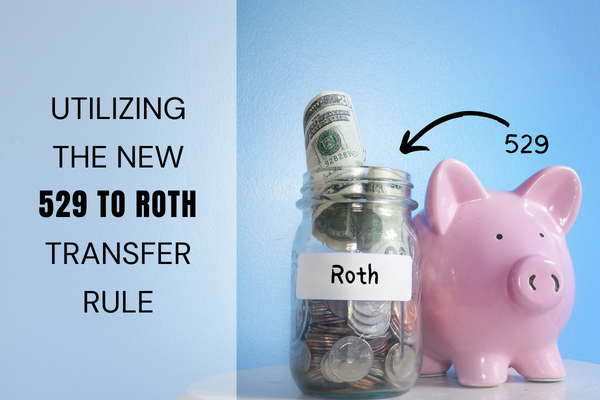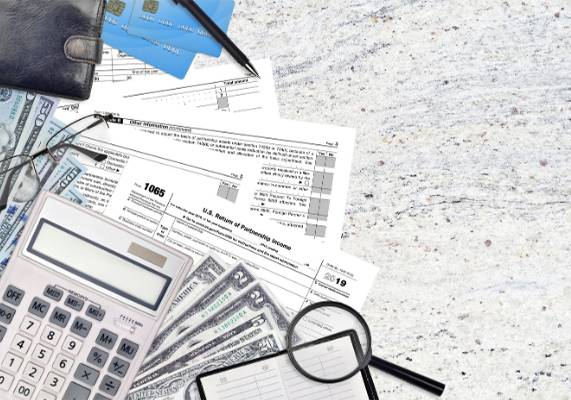Once You Retire, Where Will The Money Come From?

Market Perspectives February 2021
February 4, 2021
Market Perspectives March 2021
March 11, 2021
When you retire, you say goodbye to your commute, your early wake up calls, your high stress levels and… your paycheck. Without prior planning, it can be very stressful to lose the security of a steady income stream. How much can you spend each year without the risk of running out of money? Which accounts should you be pulling distributions from first? How will social security benefits and required minimum distributions (RMDs) effect your withdrawal strategy?
For most of our clients, we’ve already discussed what retirement might look like years before the actual transition. We’ve worked together to develop a financial plan and fine-tuned that plan for years. We determined a successful spending amount so when the first payday post retirement rolls around, they continue to receive the direct deposit they’ve come to expect, this time from their savings as opposed to their employer.
Technically, you can pull from any account. However, we want to be sure we’re generating spending money in the most tax efficient way possible. The classic thinking is to spend down taxable assets (individual brokerage accounts) first, then move to tax-deferred assets (401(k), IRA, etc.). This is much more effective than the reverse of spending down tax-deferred assets first then moving to taxable assets. However, if we blend the two philosophies, taking distributions from both taxable and tax-deferred accounts throughout retirement, the results typically outperform both alternatives.
If you fund 100% of your annual spending with these tax-deferred assets, whether at the beginning or end of retirement, you are generating a substantial taxable income, potentially pulling you into a higher tax bracket. However, if you fund a smaller percentage of your annual spending with these tax-deferred assets and the rest from your brokerage account, your taxable income is going to be much lower, likely putting you in a lower tax bracket overall.
Though this approach takes more time to coordinate, project and prepare for, it can have a meaningful impact, resulting in accounts that last for a significantly longer period of time. The driving factors being (1) your IRA assets are taxed at a lower rate on average and (2) the tax-deferred assets get more time to grow when blending instead of fully spending tax-deferred assets first.
Although overall preferred, this scenario is not best for everyone. We encourage you to engage your advisor or planner to talk through the best spending strategy for your situation.
Bridget McDermott, CFP® is a Financial Planner at Carolinas Investment Consulting.
Carolinas Investment Consulting is not affiliated with any of the websites linked in this commentary. Nothing contained herein constitutes financial, legal, tax, or other advice. The views and opinions expressed in this article are those of the author and do not necessarily reflect the official policy or position of Carolinas Investment Consulting. The information published herein is provided for informational purposes only, and does not constitute an offer, solicitation or recommendation to sell or an offer to buy securities, investment products or investment advisory services. All information, views, opinions and estimates are subject to change or correction without notice. The appropriateness of an investment or strategy will depend on an investor’s circumstances and objectives. These opinions may not fit to your financial status, risk and return preferences. Past performance is not indicative of future returns.



